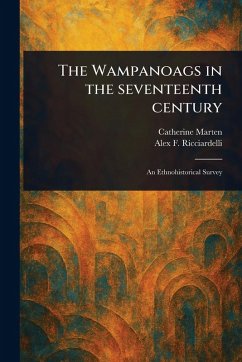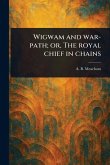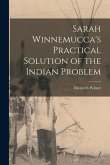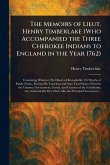"The Wampanoags in the Seventeenth Century: An Ethnohistorical Survey" by Catherine Marten offers a crucial look into the history of the Wampanoag Indians during a pivotal era. This meticulously researched work provides a detailed examination of Wampanoag life and culture in the 17th century, exploring their interactions with colonizers and the profound impact of colonial history on their society. As an ethnohistorical survey, the book blends historical records with anthropological insights to present a comprehensive portrait of the Wampanoag people. Explore the nuances of Native American life during the colonial period and gain a deeper understanding of Indigenous history through Marten's careful analysis. This volume sheds light on a vital chapter in United States colonial history, offering valuable insights into the Wampanoag experience and their enduring legacy. A classic study essential for anyone interested in Native American history and 17th-century America. This work has been selected by scholars as being culturally important, and is part of the knowledge base of civilization as we know it. This work is in the public domain in the United States of America, and possibly other nations. Within the United States, you may freely copy and distribute this work, as no entity (individual or corporate) has a copyright on the body of the work. Scholars believe, and we concur, that this work is important enough to be preserved, reproduced, and made generally available to the public. We appreciate your support of the preservation process, and thank you for being an important part of keeping this knowledge alive and relevant.
Bitte wählen Sie Ihr Anliegen aus.
Rechnungen
Retourenschein anfordern
Bestellstatus
Storno









